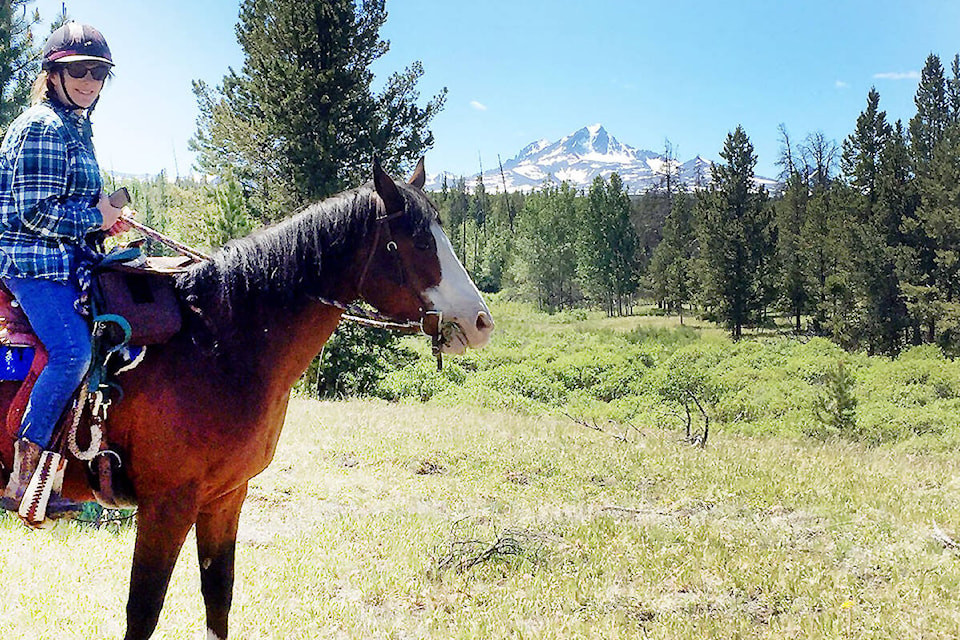Is “Super, Natural British Columbia” placing enough value and importance on the province’s nature?
This is the concern expressed in a talk by Kathy McRae executive director of the Commercial Bear Viewing Association and co-chair of the Adventure Tourism Coalition.
McRae spoke on Nov. 16, at the Cariboo Chilcotin Coast Tourism Association’s annual summit held at the Ramada by Wyndham in Williams Lake.
Cariboo Chilcotin Coast Tourism’s area is “an adventure tourism destination,” noted McRae, who said she was blown away with what she saw upon coming to the region for the first time last October.
“It was stunning, I get the ‘Land without Limits,’” she said of a trip to the Chilko River.
She called the marketing of British Columbia as Super, Natural British Columbia almost a case of false advertising, however. Putting up an image of a large clear cut, McRae noted how both the public and the government tend to turn a blind eye to this reality.
McRae said land use issues exist and have for a long time in the province, though on the hopeful side, she said there are people in government now listening to what the industry has to say. McRae said potential legislation changes are proposed which could provide greater certainty for adventure tourism operators.
“Happily, we do have some people in government right now who do understand what business is,” she said, noting the Adventure Tourism Coalition supports reconciliation and the Declaration of the Rights of Indigenous Peoples’ Act (DRIPA).
‘That’s what’s different about front-country tourism and back-country tourism is the relationships that we have with the First Nations on whose traditional territories we operate. It’s respectful, it’s long-standing in most cases and it’s something that operators want to have,” said McRae. She said DRIPA has not brought clarity, which is what operators are looking for.
She said most adventure tourism operators’ values align with those of First Nations in terms of a light footprint on the land and land stewardship.
“Backcountry tourism thrives off of the natural land.”
McRae said updates to the legislation and land-use could provide certainty and clarity for the backcountry tourism industry and ensure the resources are protected to encourage investor confidence.
“It’s a key financial driver for B.C..”
McRae pointed out the tourism industry was a $22 billion industry in the province in 2019.
Adventure tourism accounted for $3 billion of the $22 billion.
Though the industry took a hit during COVID, tourism has been rebounding, with the Province of B.C. statistics reporting $13.5 billion in revenue for tourism in the province in 2021. According to the province, tourism generated $5 billion in direct contributions towards B.C.’s gross domestic product, more than forestry and logging ($1.5 billion), more than oil and gas ($4.5 billion) and more than agriculture and fishing ($3.3 billion) in 2021.
While McRae acknowledged the other major industries in the province are important, so is tourism. While the majority of tourism jobs in the province are in Vancouver-Lower Mainland, the fastest growth in the industry for the past decade has been in the Cariboo Chilcotin Coast which grew by 50 per cent.
McRae spoke at the Cariboo Chilcotin Coast Tourism Association’s annual summit and annual general meeting which took place Nov. 15, 17 and 18 in Williams Lake.
READ MORE: New book chronicles Tŝilqhot’in title case
READ MORE: Williams Lake environmental leader receives national recognition
